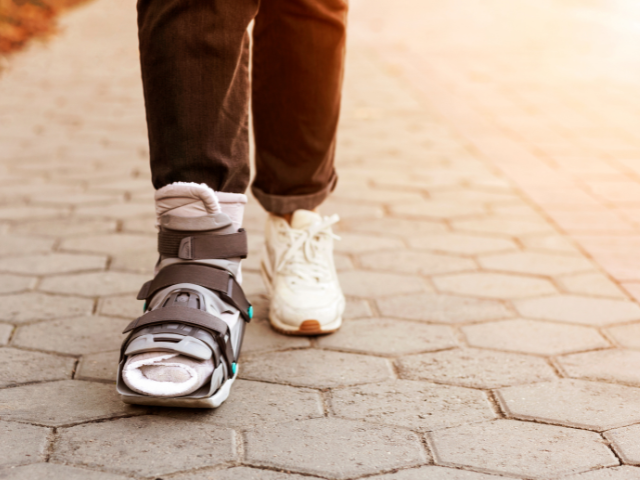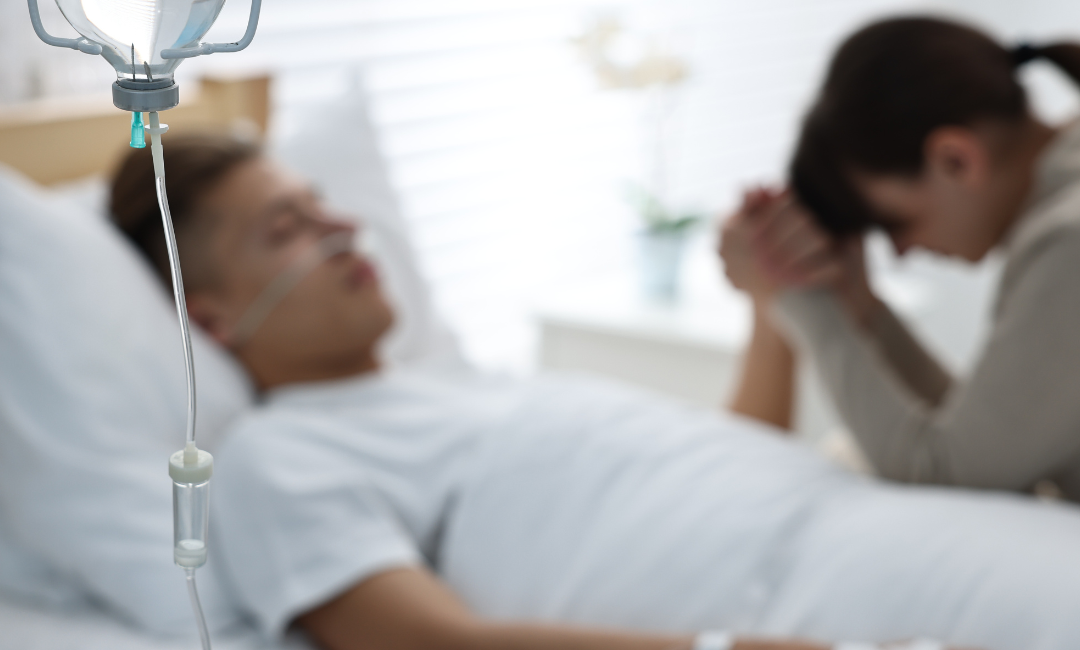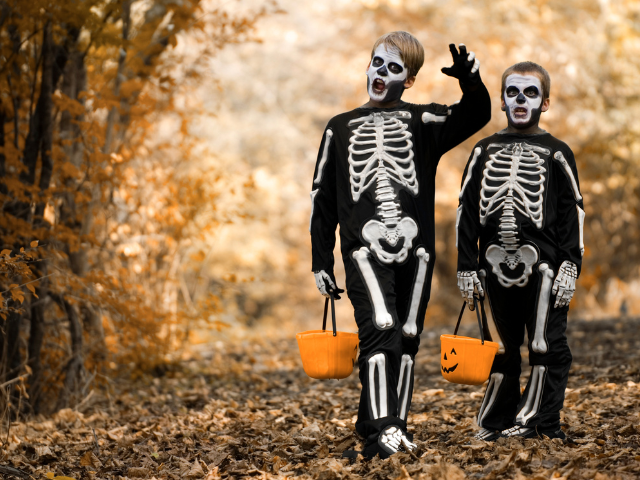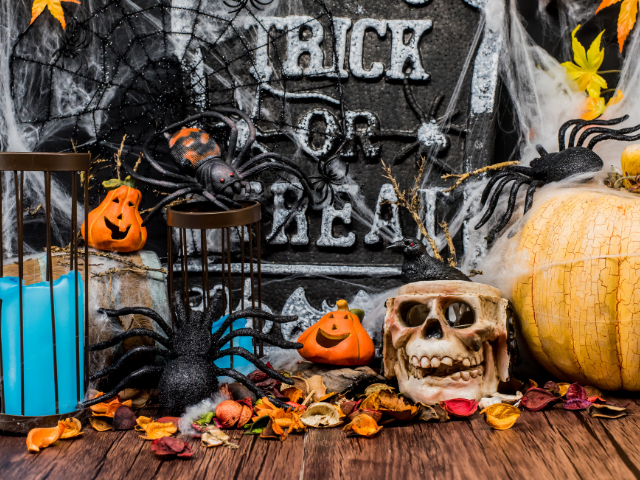Orthopedic Injuries
Along with candy bars and costumes come orthopedic injuries. With so many people walking outside at night in dimly lit areas, the emergency room (ER) will see its fair share of twisted and broken ankles and wrists on Halloween. In addition to ankle and wrist injuries, pediatric patients will present with all sorts of contusions and scrapes from running around in their sugar-fueled excitement. Their vision is often obstructed by masks, along with capes or long costumes, causing a huge increase in trips and falls.
If you’re a nurse caring for patients on Halloween, ensure you have plenty of ice packs ready and the ortho and suture carts are easily accessible. You’ll need it.
Allergic Reactions
Although not as standard as orthopedic injuries, allergic reactions to costumes and face paint occur on Halloween. I cared for one patient with no previous latex allergy who presented to the ER with shortness of breath and airway disruption after wearing a latex mask most of the evening. He had red hives covering his face, neck, and chest and was wheezing loudly by the time he got to us. Fortunately, the IV Benadryl, Pepcid, and Solumedrol the doctor ordered quickly increased a patent airway.
That was an extreme case that could have gotten worse very quickly. However, many Halloween-related allergic reactions, especially pediatric cases, involve itching, hives, and discomfort from face paint, masks, and costumes. If caring for one of these patients, have your airway box easily accessible. Conditions can change quickly, especially in children. Monitor for any changes in breathing or swelling of the lips and tongue.









